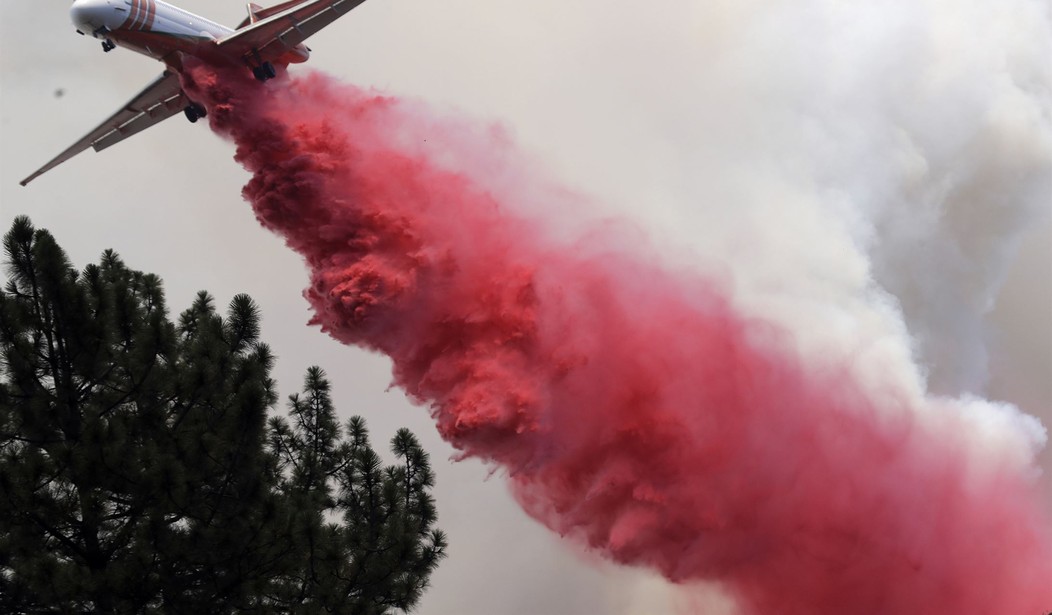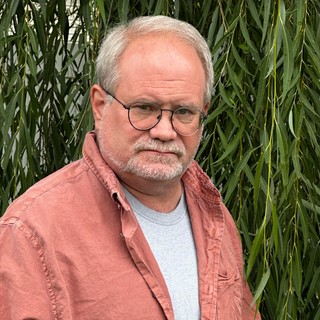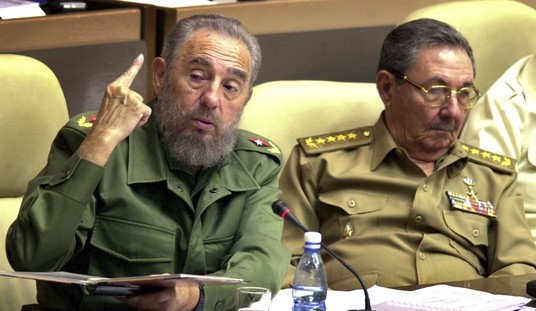California and wildfires have unfortunately been close companions for many years now. As of Tuesday morning, the latest report from the Desert Sun had the Fairview Fire near Hemet at 2,400 acres, with two lives and seven structures lost. The fire was threatening 8,000 homes as of that report. A map on the Cal Fire website showed 12 active fires in the state. Between incidents managed by Cal Fire and the U.S. Forest Service, 202,684 acres have been destroyed this year. And it probably didn’t have to be this way.
For years, wildfires had been managed in the shadow of the Big Burn of 1910. Nearly 3 million acres were burned that year. Eighty-seven people died, and entire towns were lost. The Forest Service attributed 100 of those fires to blazes sparked by trains and also blamed a large and severe electrical storm. Record dry conditions and unusually high winds all conspired to create an inferno not seen this side of Dante. Trees exploded, and flame lengths reached hundreds of feet in the air in some cases.
The reaction? A policy was put in place mandating that fires were to be put out as soon as they were detected. Part of my job during my brief stint in firefighting was to find, contain, and control small fires before they could become big ones and call in additional resources as needed. And of course, as time went on, it became politically expedient to demonize the timber industry. The result of years of aggressive fire suppression and a decrease in timber harvesting ended up in higher fuel loads and bigger, more destructive fires.
In June 2021, a joint investigation by CapRadio and NPR found that Gavin Newsom had decreased Cal Fire’s fuel reduction budget and vastly overstated the amount of acreage that had been treated, which continued to leave the state vulnerable to fire. The article quoted Michael Wara, the director of the Climate and Energy Policy Program at Stanford University’s Woods Institute for the Environment, as stating at the time: “We are in a deep hole… and it is going to take us many years of sustained effort to get out.”
To add insult to injury, California AG Rob Bonta has not acted on requests from Sacramento, San Jose, and Santa Clara to do something about illegal fireworks infiltrating the state, primarily from Nevada. In June of this year, the California Department of Justice replied, stating that while safety was a concern, it would not pursue the matter. Bonta’s office later said that it could not comment due to an ongoing investigation. It should come as no surprise that officials in California do not take this threat any more seriously than other crime problems in the state. And even if you are a dyed-in-the-wool fireworks fiend, they can easily start a serious fire. I’ve pulled spent fireworks out of fire scenes and turned them over to late enforcement as evidence.
In fact, all kinds of things can start a wildfire. A spark from a chainsaw, dragging trailer chains or mufflers, a rim contacting the road from a flat tire, an unattended campfire, a stray cigarette butt, or a ricocheting bullet from someone target shooting. Driving an ATV over dry grass can trigger one. It’s all the more reason why Newsom and his administration should have taken this problem seriously a long time ago.
Yes, the western half of the United States has been in a drought for years now. In fact, it has experienced one level or another of drought since I moved here in the 1990s. And it has been a hot summer. And yes, global temps are up, and we can argue back and forth about whether or not it is cyclical, a natural phenomenon, or human-caused. But the situation points to the need for better management, not ignoring the potential problem.
The very first thing I learned in fire school was the fire triangle. The three sides are oxygen, fuel, and heat. Remove any side, and the potential for fire is eliminated. We can’t eliminate oxygen and heat, but something can be done about fuels. And yes, it includes the dreaded “L” word: logging. Logging has gotten a bad name from lobbyists. But having covered the issue on a local level, the idea that U.S. loggers rampage through the forests leveling everything in sight is not true.
Logging permits are subject to high levels of scrutiny and are restricted on where they can harvest timber and what they can take. And in some cases, clear-cutting has been permitted. Oddly enough, I remember working a big fire in which a clear-cut slowed the blaze down enough that we could actually get a handle on it. Like it or not, the clear-cut played a role in helping contain that fire.
The idea of leaving dead fuel on the ground to decay or letting nature take its course only works when there is enough rain and humidity to allow it to decay. Otherwise, nature will take its course in the form of wildfire, just as it has been doing for millions of years. And as my old boss used to say, the only place fire will not go is where it has already been.
And so, Newsom’s administration is cracking down on gas-powered cars to save the environment and even at one point limited charging EVs to save electricity. A press release from his office outlines his “ambitious” goals, having to do with lowering carbon output, reaching 100% clean retail electricity sales, and new regulations for oil production. And those all make for sexy news bites. But in the meantime, California is burning. Again. And it doesn’t have to be this way.










Join the conversation as a VIP Member